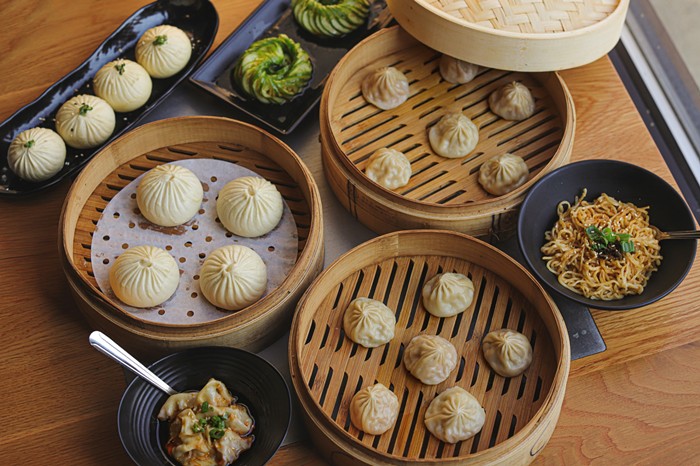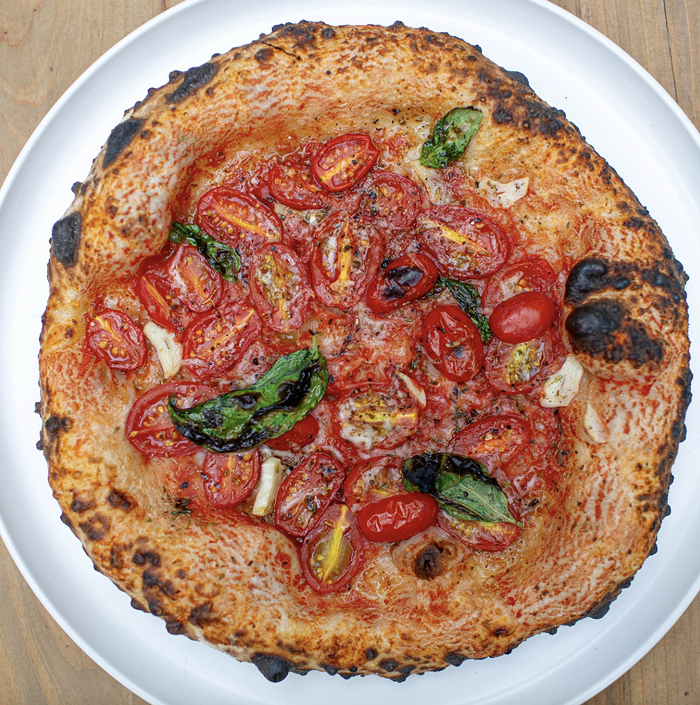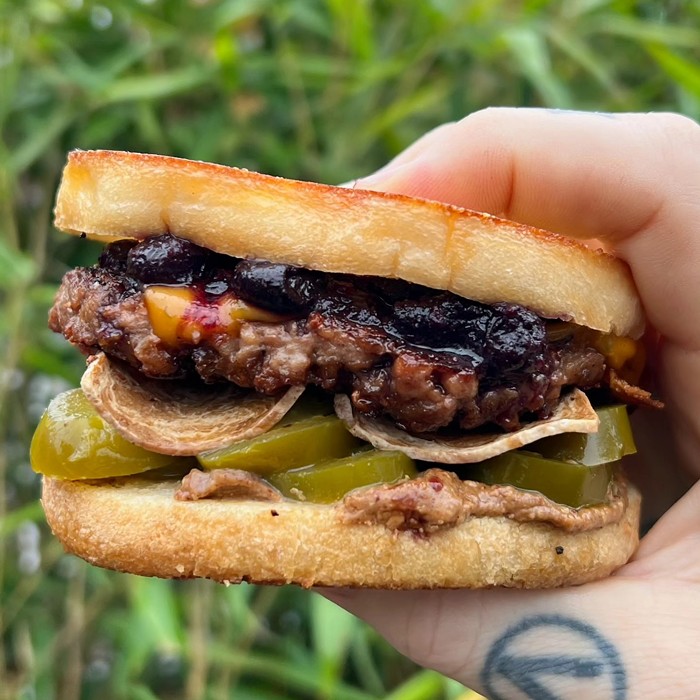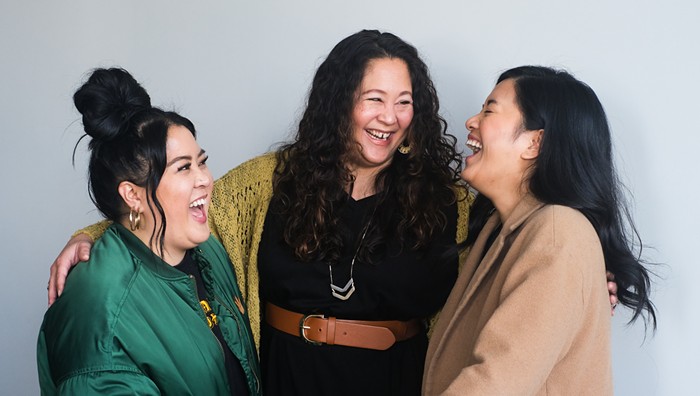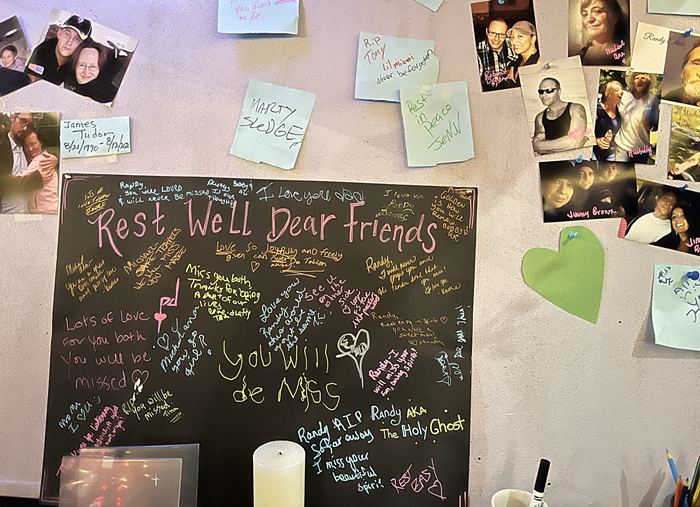KEEPING UP with trends in quality wine is like playing Whack-a-Mole—as soon as you come to grips with a grape or region, up pops another. That's partly because much of the world's best wine doesn't make it to our shores, so there's always something new to discover. (It's also partly because many wines are underrated due to fashion or changing tastes.)
Unsung wines are good news for consumers, whether you're looking for something singular and interesting or just want a good value. Portland is doubly blessed to have distributors who seek out this stuff, and stellar bottle shops keen to stock and promote it. Visit the likes of Blackbird, Europa, Liner and Elsen, Division Wines, Every Day Wine, and Pairings to ask questions, sign up for their newsletters, and find out how the hell to pronounce the labels.
My go-to bottle shop is 1856 (1465 NE Prescott), as there are always adventurous choices on the shelf. I asked co-owner Adam Hobbs (who also co-owns Prospect Bottle Shop and Bar) why Portland seems so predisposed to accept the world's wine obscurities.
"It's not new—Portland has had good wine buyers dating back to the '70s and '80s," he says. "And people here are inquisitive. They ask, 'What else should I have if I like this?' They want to try things."
What has changed is that importers are having to dig deeper for quality, because the obvious options have been picked over. One distributor I spoke to said that smaller importers in particular have to bring in wines that don't have the advantage of a recognizable name—though, as Hobbs points out, this is where the bargains are.
"You either want a wine from a more obscure region, or a lesser-known varietal from a known region," he says.
He pulls an example from the shelf, a red wine from Turkey.
"It's a coincidence, but this is wine from Turkey that you can have with turkey." The bottle is from Cappadocia, a region located bang in the middle of the country. There's an ancient history of winemaking here, dating back 7,000 years, that uses indigenous grapes such as Emir and Kalecik Karasi. The winery, Turasan, has been operating since 1943, and their Kalecik Karasi, 2013 ($18) is a fantastic alternative to pinot or gamay when paired with white meat. There's red fruit flavor, but at the same time, it's gamey, floral, and herbaceous, bone-dry with good structure. Grab one if you need a last-minute bottle for your Thanksgiving meal, along with an instant conversation starter.
Hobbs talks about how many former communist countries in Europe have seen large investments in their wine industries, which is now starting to pay off. Slovenia, Hungary, Romania, and Georgia are becoming players with their own unique, value-for-money wines. Macedonia, once part of Yugoslavia, is getting in on the act too. It's home to the Vranec ("black stallion") grape, which is reminiscent of zinfandel. A winery called Tikves produces an outstanding example—bright with plenty of ripe red fruit and some tannins—which would pair well with pork, duck, or a fatty dish. It earned it a top score from wine critic Robert Parker, and costs only 12 bucks.
Switching to oddball varietals, Hobbs hails Southwest France as a hotspot for obscure grapes that make quality wines. Though the region has been producing wine since Roman times, it's been elbowed out by its more illustrious neighbor, Bordeaux. Only recently has "France's Hidden Corner," as it's known, reemerged to a wider world. Two areas Hobbs recommends are Gaillac and Marcillac, which both do reds based on the Fer Servadou varietal. Try Domaine du Cros, Marcillac, 2014 ($16) for a fresh, minerally, wild fruit taste to pair with sausages, or Domaine Philémon, Gaillac, 2012 ($15), which unfolds with earthy blackberry fruit.
Finally, Spain seems to have a never-ending supply of eccentric grape types and micro regions—Hobbs has been digging around for value wineries in the northwest of the country. The star here is the Mencía grape, first cultivated by Cistercian monks, which produces graceful if brooding wines of red fruit, spices, and minerals—pinot noir fans take note. The two regions to look for on the label are Bierzo and Ribeira Sacra: These wines have been described by wine critic Matt Kramer as "one of the modern world's red wine wonders." The bottle to reach for is Ribas del Cúa Joven, 2014, at the bargain price of $12.
Other countries to keep an eye out for: the Canary Islands, Greece, Lebanon, Corsica, Portugal, Morocco, and Uruguay.

